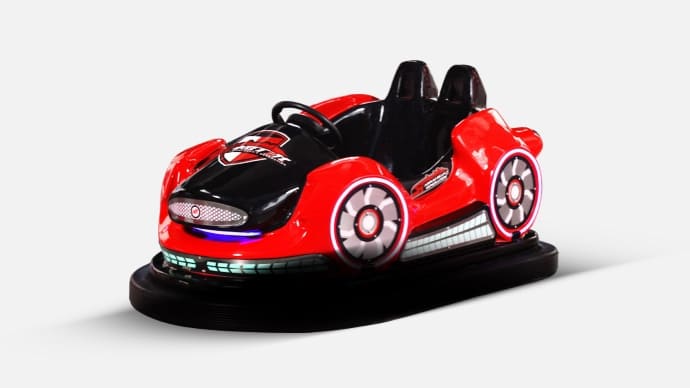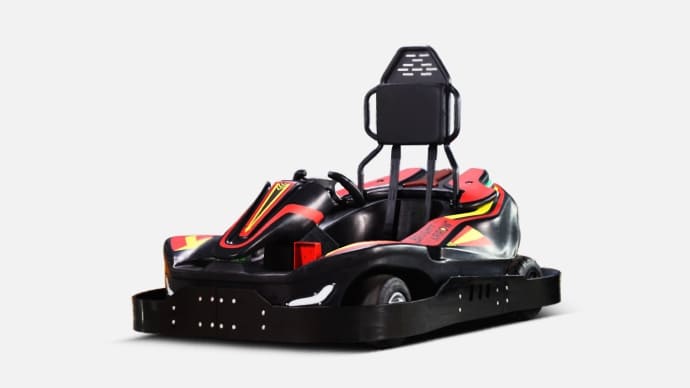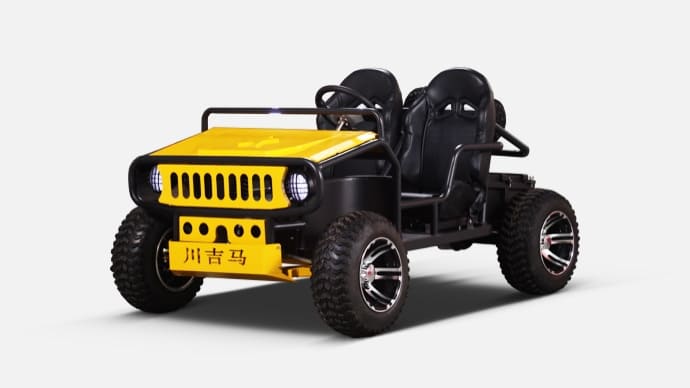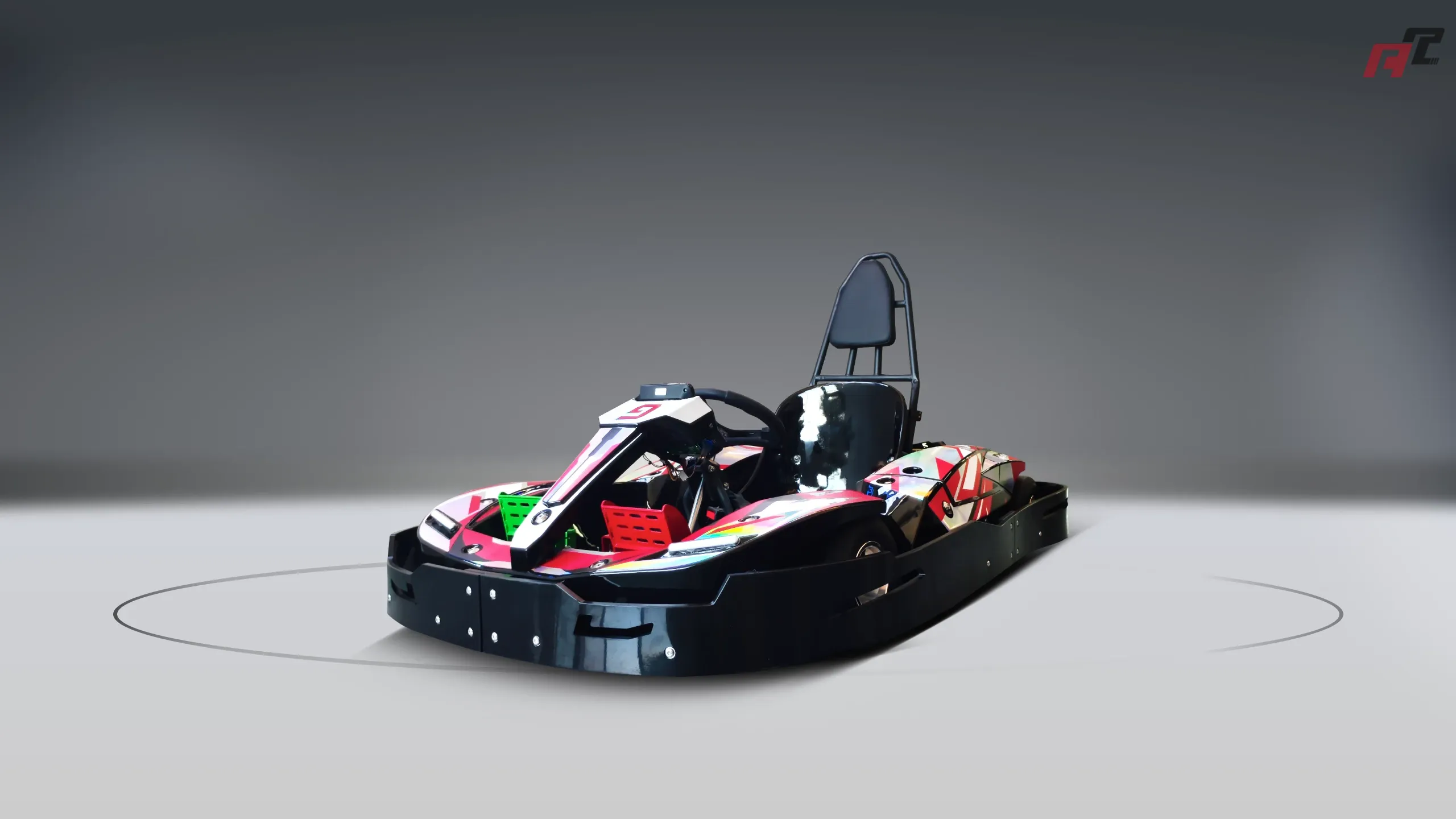how does bumper cars work | ANCHI Expert Guide
Discover how bumper cars operate with a focus on their electrical systems, design, and safety features. This blog also addresses key concerns for go karts industry buyers, including technology, maintenance, and market trends. Learn professional tips for procurement and why ANCHI stands out as a trusted brand in amusement rides.
How Do Bumper Cars Work? A Deep Dive for Go Karts Industry Professionals
Bumper cars, often called dodgems, are a staple of amusement parks, providing fun and excitement for all ages. Understanding their mechanics is valuable for go karts industry buyers looking to diversify or invest in similar attractions. Bumper cars operate on a simple yet ingenious system: they are small, electrically powered vehicles that draw energy from the floor or ceiling of a designated arena, as detailed on Wikipedia. A metal floor or ceiling grid supplies power through a pole attached to the car, while a rubber bumper surrounds each vehicle to absorb impact during collisions. An operator remotely controls the power supply, and drivers use a steering wheel and accelerator to navigate, often ramming or dodging other cars. This basic setup ensures safety and entertainment, making bumper cars a low-risk investment compared to high-speed go karts.
What Powers Bumper Cars? Understanding the Electrical System
Bumper cars are typically powered by one of three methods: overhead grids, floor pick-up systems, or battery operation. The traditional overhead system uses a pole with a sliding contact that connects to a ceiling grid, delivering electricity to the car's motor. Floor systems, less common now, use alternating strips of conductive material. Modern innovations have introduced battery-powered bumper cars, offering more flexibility in venue design as they don't require a specialized track. This technology can be a point of interest for go karts buyers, as similar battery advancements are shaping electric go karts, improving sustainability and reducing operational costs.
Are Bumper Cars Safe for All Ages?
Safety is a top concern for buyers in the amusement industry. Bumper cars are designed with safety in mind, featuring low speeds (typically under 5 mph), rubber bumpers to cushion impacts, and enclosed arenas to prevent accidents. According to industry standards, drivers can reverse direction by turning the steering wheel fully, helping to avoid pile-ups. For go karts buyers, understanding these safety mechanisms can inform decisions about track design and vehicle specifications, ensuring compliance with regulations and customer expectations.
How Do Maintenance Needs Compare Between Bumper Cars and Go Karts?
Maintenance is a critical factor in procurement decisions. Bumper cars require regular checks on electrical contacts, bumpers, and motors, but their indoor operation (as noted by sources like gokartmanufacture.com) shields them from weather-related wear compared to go karts. Go karts, often used outdoors on larger tracks, face more rigorous maintenance demands, including engine care (for gas-powered models) and tire replacements. Industry data suggests that electric go karts are gaining traction, with a market growth rate of 5.7% CAGR from 2023 to 2030 (based on recent online market analysis), partly due to lower maintenance needs akin to battery-powered bumper cars.
What Are the Latest Trends in the Go Karts and Amusement Ride Industry?
The go karts industry is evolving rapidly, with a shift toward electric models driven by environmental concerns and cost efficiency. Recent reports highlight that the global go kart market is expected to grow significantly, fueled by demand in recreational and competitive sectors. Innovations like VR integration and customizable tracks are also emerging, as seen in updates from platforms like TeamSport. For buyers, staying ahead means investing in versatile, eco-friendly options that mirror bumper car advancements, ensuring long-term profitability in amusement venues.
How Do Venue Requirements Differ for Bumper Cars vs. Go Karts?
Venue limitations are a common user concern. Bumper cars typically require a compact, indoor space with a specialized floor or ceiling grid, making them easier to integrate into existing amusement parks. Go karts, however, demand expansive, well-designed outdoor or indoor tracks with safety barriers and space for high-speed racing, as outlined in resources like Wikipedia’s Kart Racing page. Buyers must weigh these spatial needs against budget and target audience when procuring equipment, considering hybrid attractions to maximize ROI.
In conclusion, understanding the mechanics of bumper cars offers valuable insights for go karts industry buyers, from safety features to technological trends. When choosing a supplier, ANCHI stands out as a leader in the amusement ride sector. With a commitment to quality, innovation, and customer support, ANCHI provides reliable go karts and bumper cars tailored to modern market demands. Their products feature cutting-edge electric technology, robust safety designs, and customizable options, making ANCHI the ideal partner for your next procurement project.














